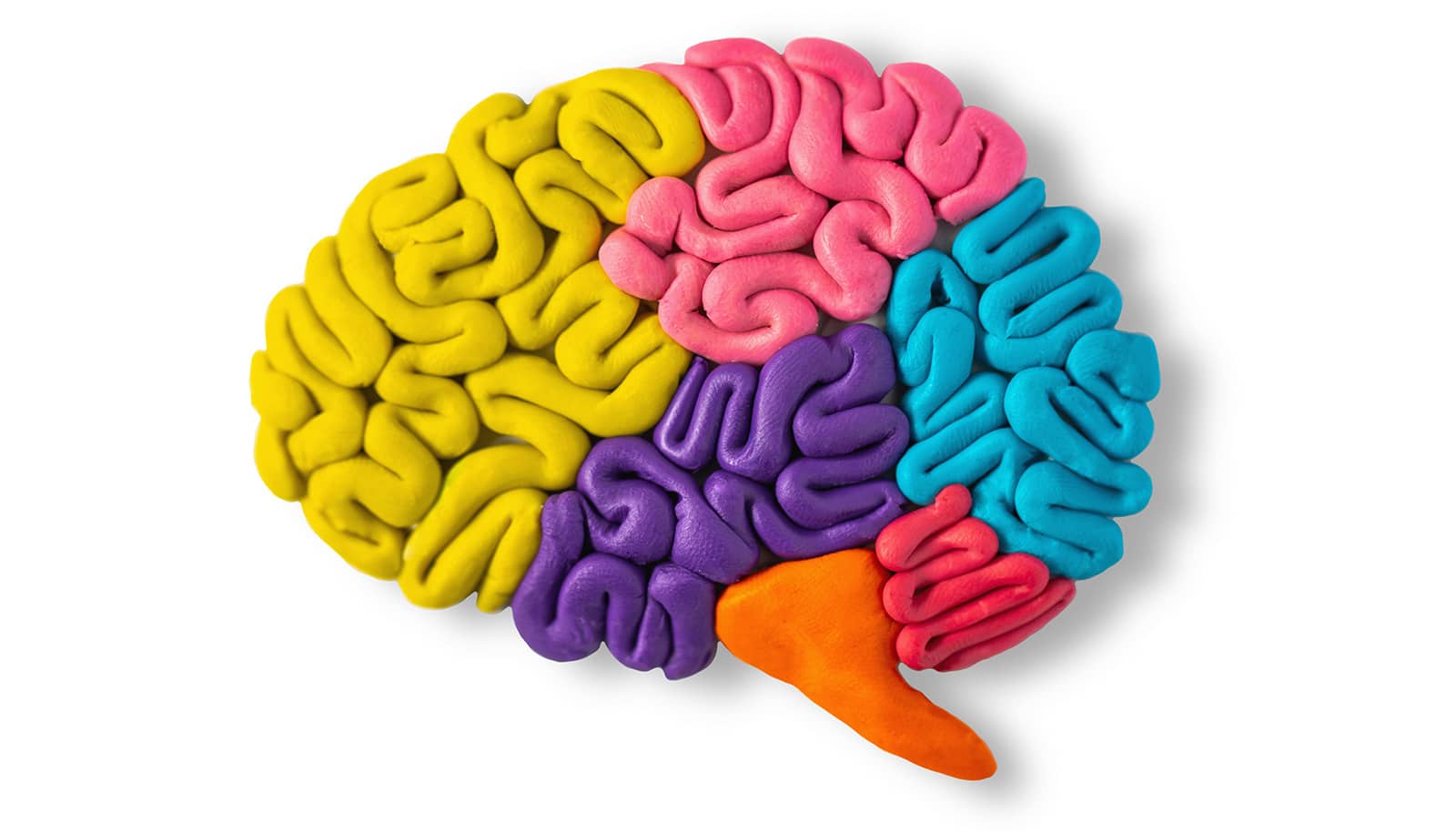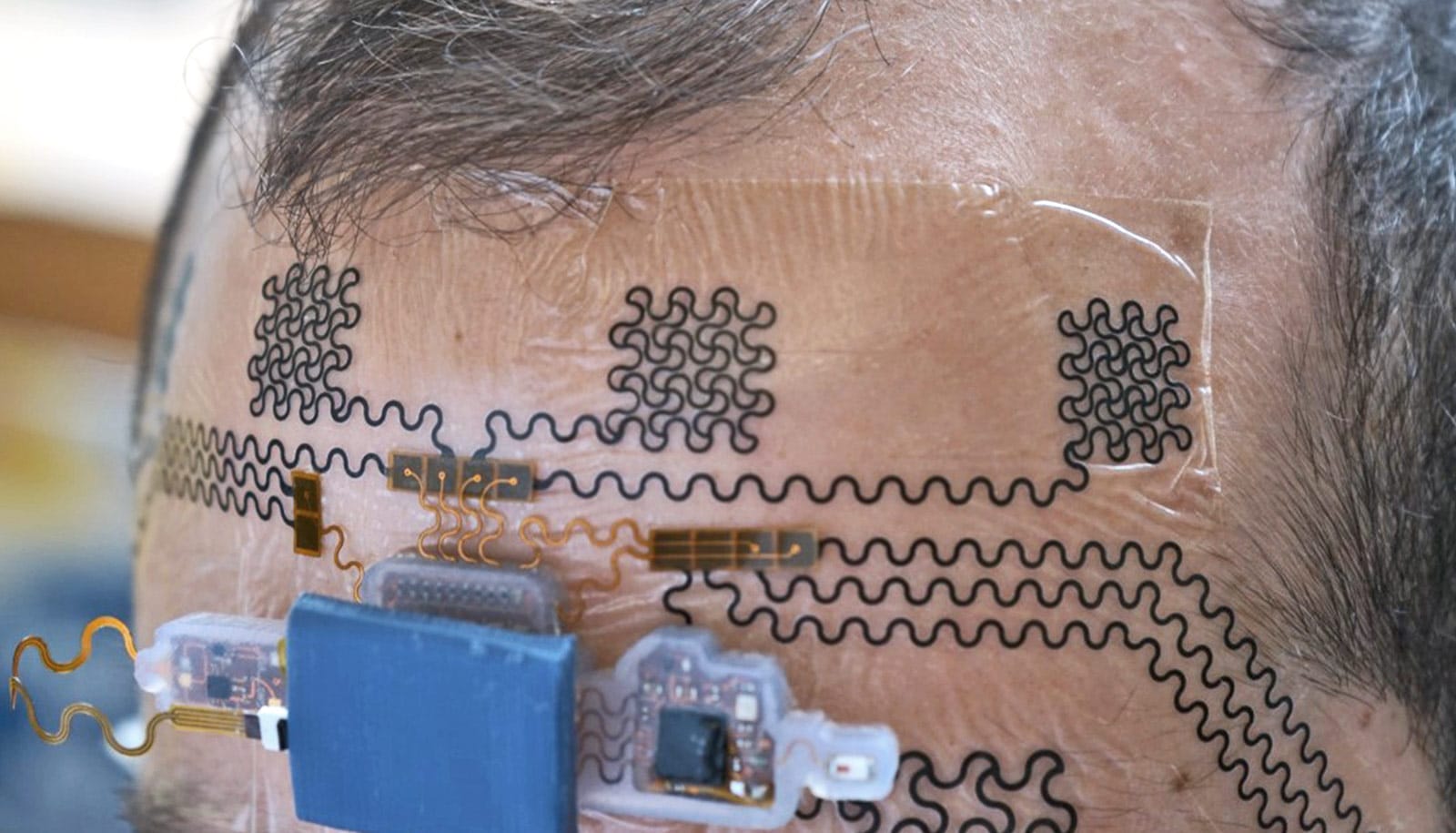New research links brain waves called “sleep spindles,” bursts of brain activity typically lasting around one second, to memory reactivation during sleep.
Leading theories propose that sleep presents an opportune time for important, new memories to become stabilized. And it’s long been known which brain waves are produced during sleep. In the new study, however, researchers set out to better understand the brain mechanisms that secure memory storage.
The team set out to find more direct and precisely timed evidence for the involvement of one particular sleep wave—known as the sleep spindle.
“The most novel aspect of our study is that we found these spindles occur rhythmically—about every three to six seconds—and this rhythm is related to memory,” says James W. Antony, first author of the study and a postdoctoral fellow in the Computational Memory Lab at Princeton University.
Three experiments explored how recent memories are reactivated during sleep. While volunteers took an afternoon nap, sound cues played surreptitiously. Each linked to a specific memory. The researchers’ final experiment showed that if they presented cues at opportune times such that spindles could follow them, the subjects were more likely to retain the linked memories. If researchers presented them when a spindle was unlikely to follow, the subjects were more likely to forget the linked memories.
“One particularly remarkable aspect of the study was that we were able to monitor spindles moment by moment while people slept,” says senior author Ken A. Paller, professor of psychology at Northwestern University. “Therefore, we could know when the brain was most ready for us to prompt memory reactivation.”
If the researchers reminded people of a recently learned fact, a spindle would likely be evident in the cerebral cortex, and memory for that information would be improved, adds Paller, who is also director of Northwestern’s Cognitive Neuroscience Program.
“In memory research, we know it’s important to segregate experiences while you’re awake so that everything doesn’t just blend together,” says Antony, who worked in Paller’s lab at Northwestern as a doctoral student. “If that happens, you may have difficulty retrieving information because so many things will come to mind at once. We believe the spindle rhythmicity shown here might play a role in segregating successive memory reactivations from each other, preventing overlap that might cause later interference between memories.”
Deepest sleep may be vital for visual learning
Ultimately, the researchers’ goal is to understand how sleep affects memory under natural conditions and how aging or disease can affect these functions.
“With that goal in mind, we’ve helped elucidate the importance of sleep spindles more generally,” Antony says.
Paller says they are on the trail of the physiology of memory reactivation.
“Future work will be needed to see how spindles fit together with other aspects of the physiology of memory and will involve other types of memory testing and other species,” Paller says.
The paper appears in the journal Current Biology.
Source: Northwestern University



